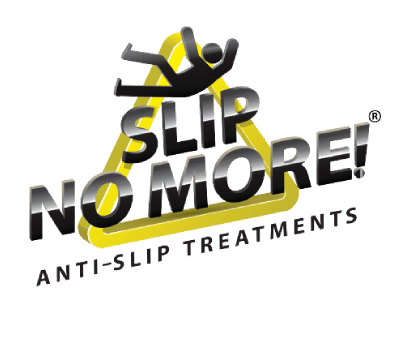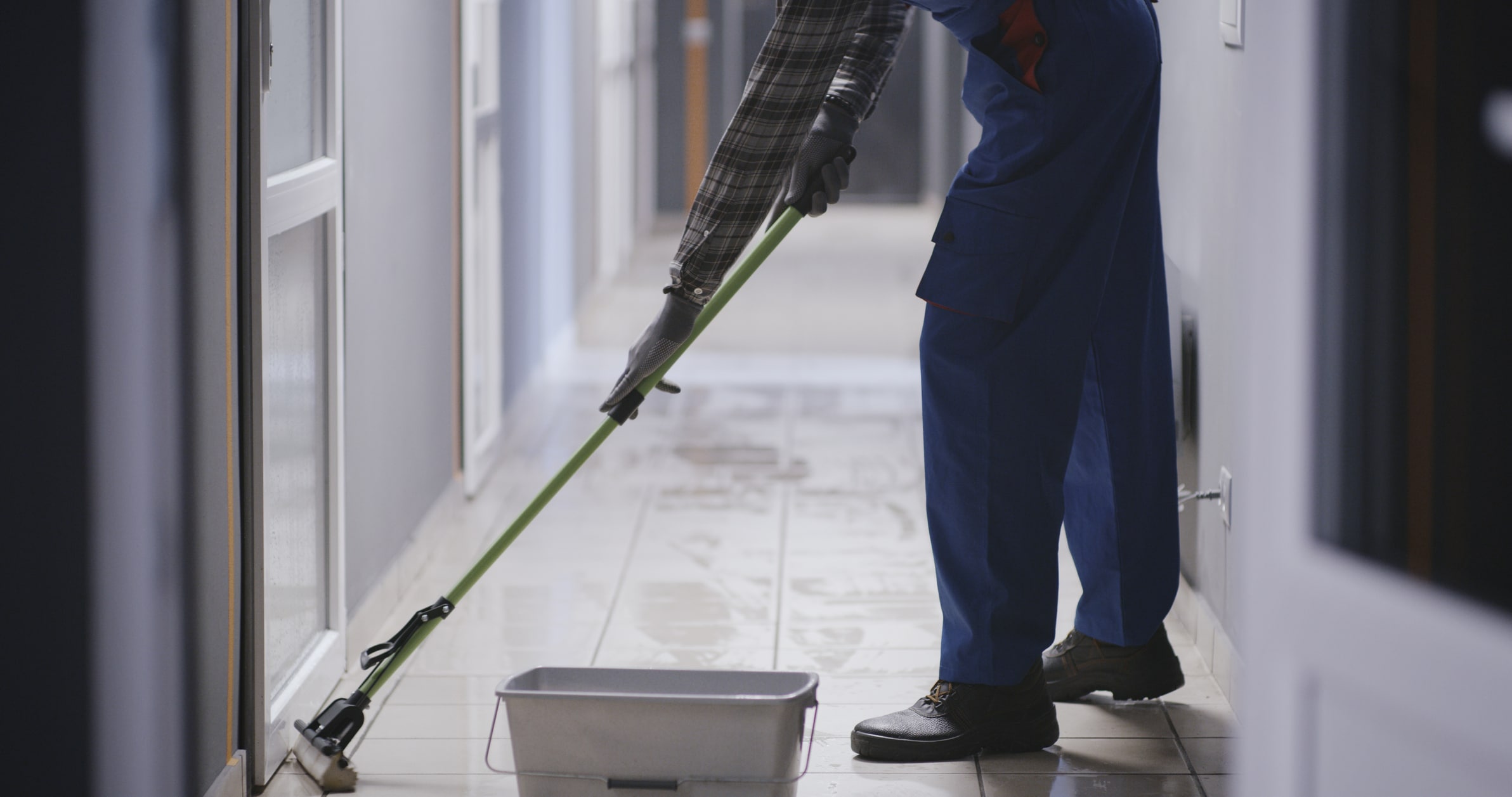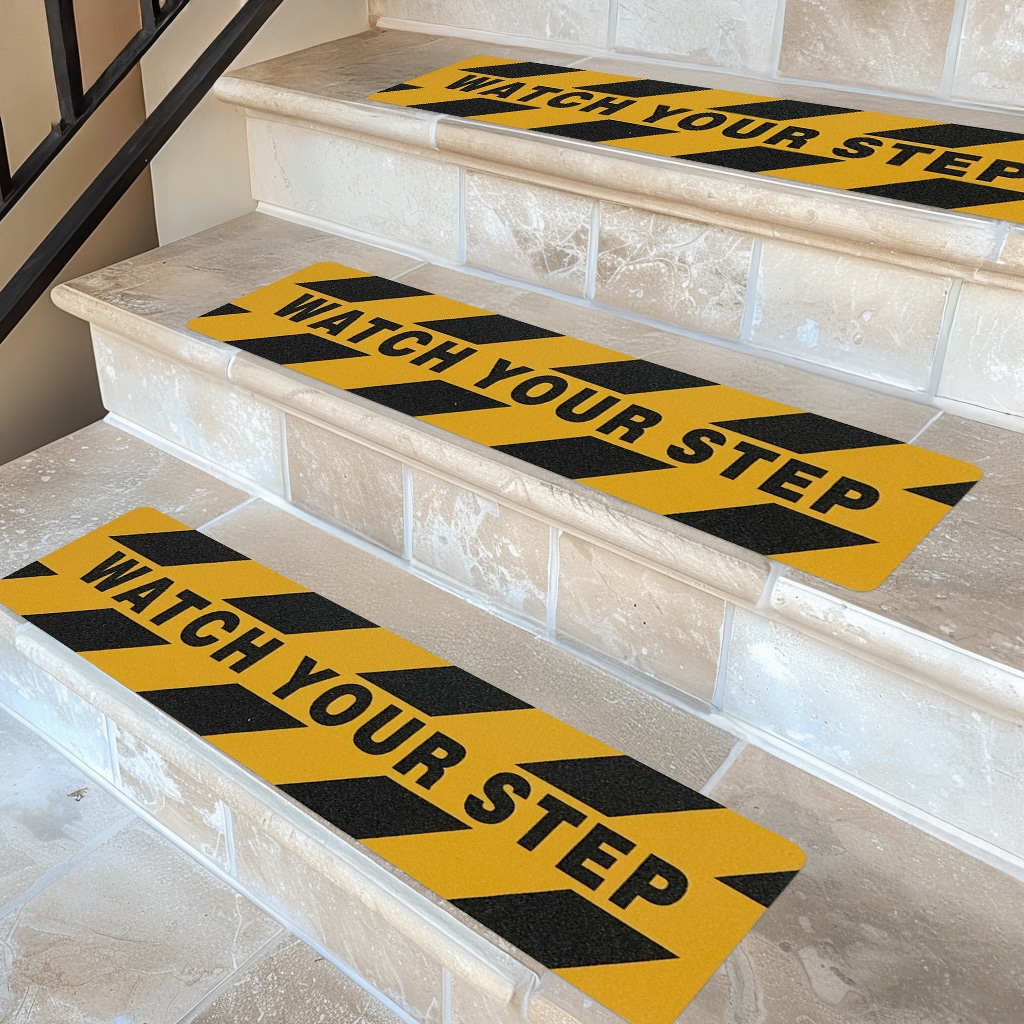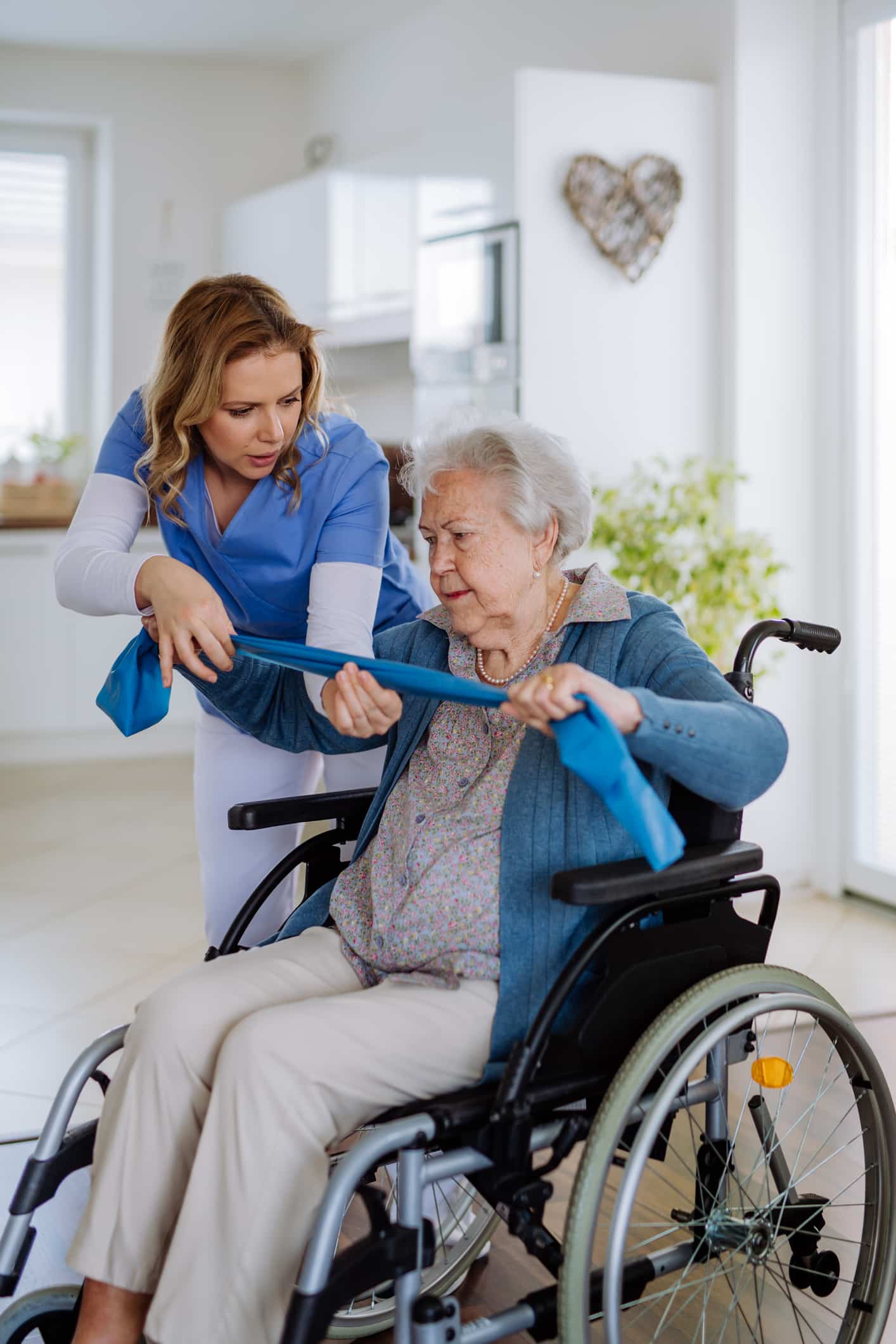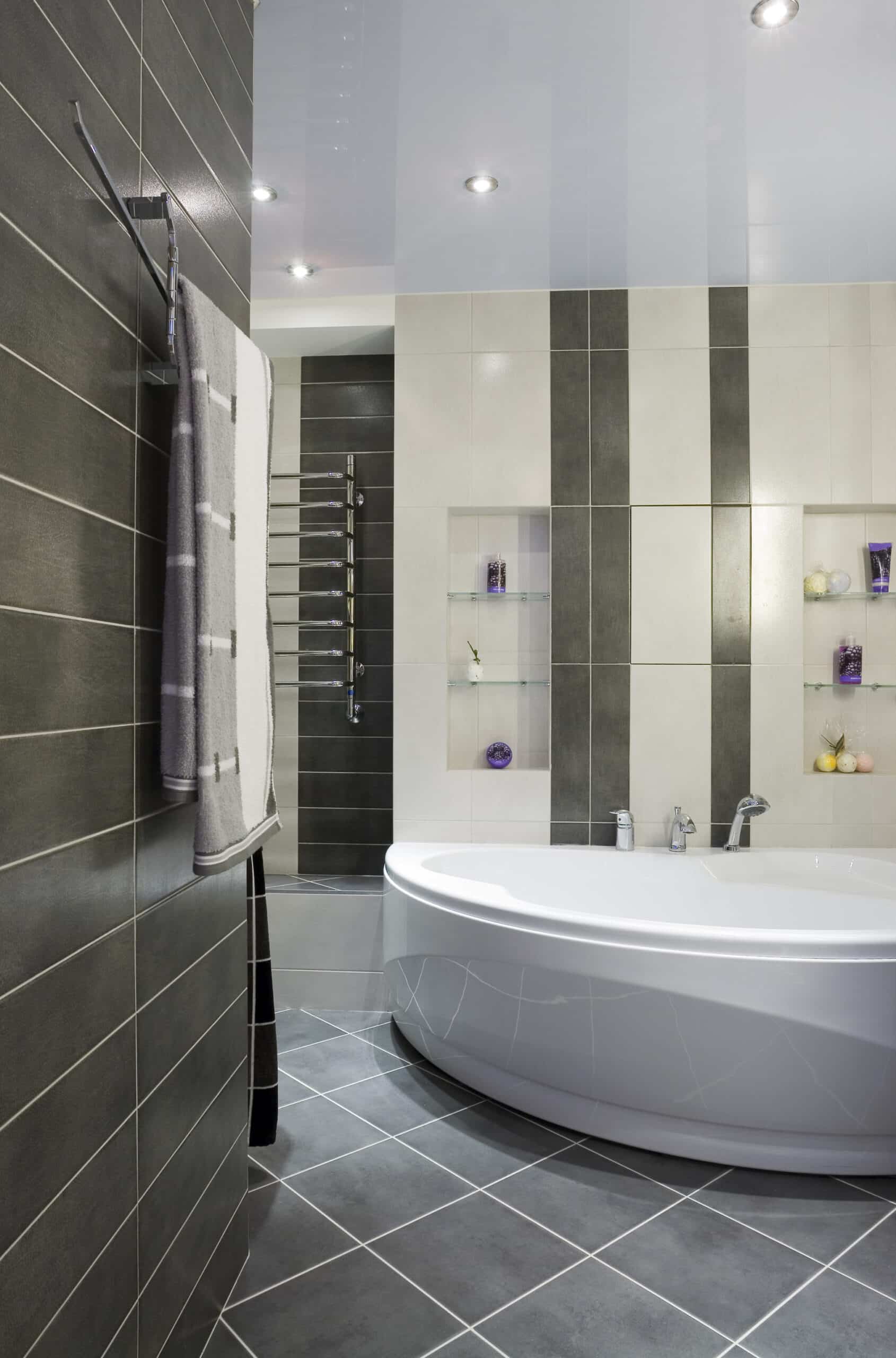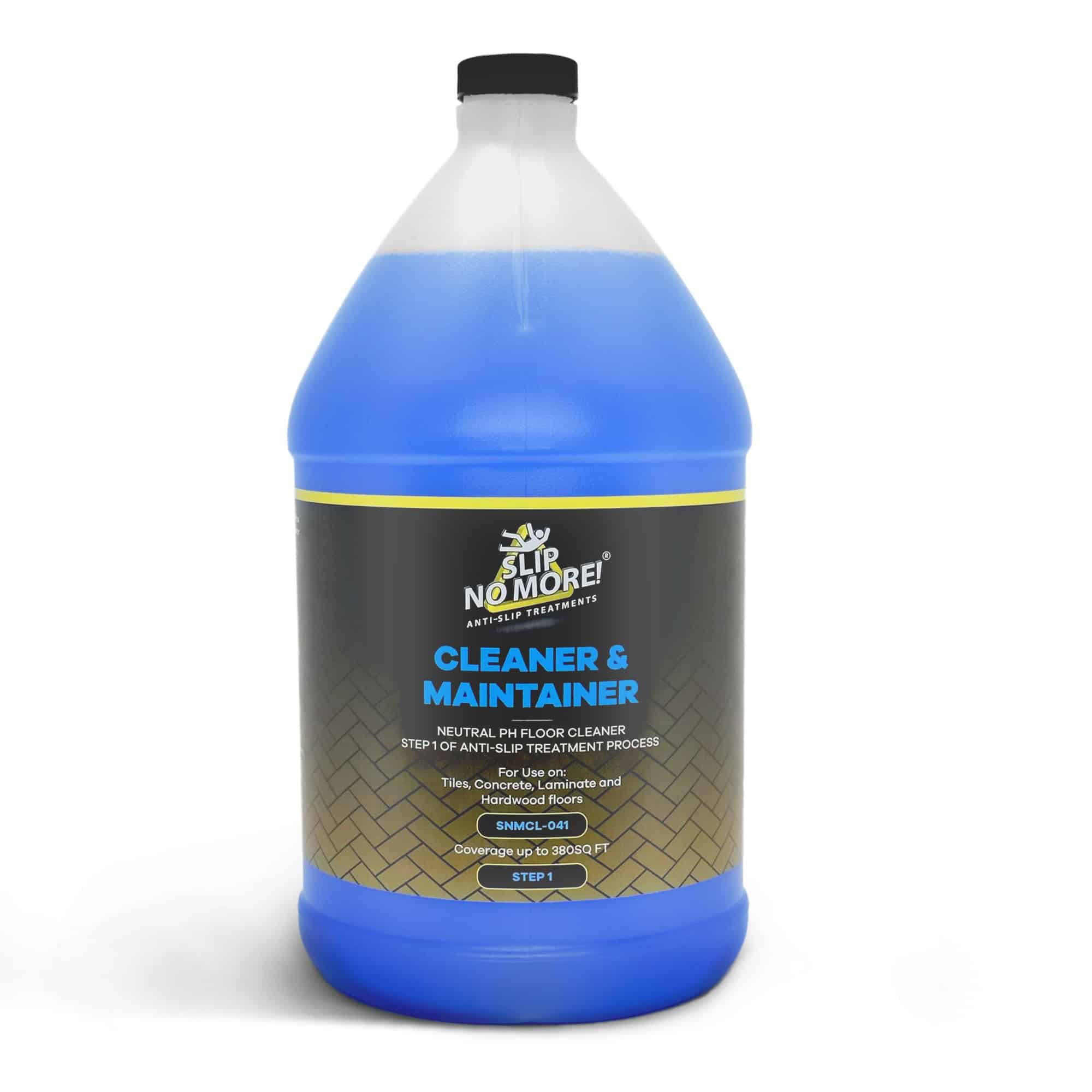Non-slip floor treatments are a must-have for both homes and businesses when it comes to ensuring safety for everyone. Slips and falls can happen anywhere, and the consequences can range from minor injuries to severe accidents. That’s why taking proactive measures to prevent such incidents is crucial.
You can significantly reduce the risk of slip and fall accidents with non-slip floor treatments. These treatments create a textured surface that increases traction and grip, even in wet conditions. Whether it’s a residential bathroom, a commercial kitchen, or a public area, non-slip floor treatments provide an extra layer of protection.
Not only do these treatments prioritize safety, but they also offer peace of mind for homeowners and business owners alike. By investing in non-slip floor treatments, you’re proactively safeguarding your loved ones, employees, and customers from potential accidents.
Don’t let preventable slips and falls compromise the safety of your home or business. Explore the benefits of non-slip floor treatments and ensure a secure environment for everyone.
Understanding the importance of floor treatments
Slippery floors can pose a significant hazard, especially in areas prone to moisture or spills. The risk of slips and falls is especially high in bathrooms, kitchens, entryways, and other high-traffic areas. When floors become wet, they can become extremely slippery, leading to accidents that could have been easily prevented.
Non-slip floor treatments play a crucial role in preventing these accidents. Applying a specialized coating or treatment to the floor’s surface creates a textured layer that enhances traction and grip. This textured surface helps to reduce the likelihood of slips and falls, even in wet or slippery conditions.
The importance of non-slip floor treatments cannot be overstated, as they provide a simple yet effective solution to a common safety issue. By investing in these treatments, you are proactively creating a secure environment for yourself, your family, or your employees and customers.
The dangers of slippery floors
Slippery floors can present a variety of dangers, ranging from minor injuries to severe accidents. When someone slips and falls on a slippery surface, they may experience bruises, sprains, fractures, or even head injuries. These injuries can have long-lasting effects on the individual’s health and well-being, potentially leading to medical expenses, time off work, and diminished quality of life.
Furthermore, slip and fall accidents can also result in legal liabilities for businesses. If a customer or employee sustains an injury from a slippery floor, the business owner may be liable for negligence. This can lead to costly lawsuits, reputation damage, and a loss of trust from the public.
To avoid these potential dangers, it is crucial to proactively address the issue of slippery floors. Non-slip floor treatments provide a practical and effective solution to minimize the risk of slips and falls, ensuring the safety of everyone who steps foot on the premises. Click here to learn more about anti-slip tape for stairs.
Common areas where anti-slip products are necessary
While non-slip floor treatments can be beneficial in any area, there are specific locations where they are essential. These areas are prone to moisture, spills, or high foot traffic, making them more susceptible to slippery conditions. Applying non-slip floor treatments to these spaces can significantly reduce the risk of accidents.
1. Bathrooms: Bathrooms are a common area where slips and falls occur, especially when floors are wet from showers, baths, or splashes. Applying a non-slip treatment to bathroom floors can help prevent accidents and provide a safer environment for everyone.
2. Kitchens: Kitchens are another high-risk area, as spills and splatters occur daily while cooking or cleaning. Non-slip floor treatments in kitchens can prevent accidents caused by wet floors and ensure the safety of both home cooks and professional chefs.
3. Entryways: Entryways, whether in residential or commercial settings, are often exposed to rain, snow, or mud. These conditions can make the floors slippery, increasing the risk of slips and falls. Non-slip floor treatments for entryways can help maintain a safe environment, especially during the rainy or winter seasons.
4. Pool Areas: Pool decks and surrounding areas are notorious for being slippery, particularly when wet. Non-slip floor treatments designed for pool areas can provide the necessary traction to prevent accidents and keep swimmers safe.
5. Commercial Spaces: In commercial spaces, non-slip floor treatments are essential in areas such as lobbies, hallways, and restrooms. These areas experience high foot traffic, and the risk of slips and falls is elevated. By applying non-slip treatments, businesses can prioritize the safety of their customers and employees. If your commercial space is made mainly from concrete, click here to learn about non-slip paint.
By identifying these common areas and taking appropriate measures, you can ensure that your home or business has the necessary non-slip floor treatments to prevent accidents and protect everyone who enters.
Types of non-slip floor treatments
Regarding non-slip floor treatments, several options are available to suit different types of flooring and preferences. Here are some commonly used non-slip treatments:
1. Anti-Slip Coatings: Anti-slip coatings are applied directly to the floor surface, creating a textured layer that enhances grip. These coatings are available in various formulations, including epoxy, acrylic, and polyurethane. They can be applied to various flooring materials, such as concrete, tile, wood, or vinyl.
2. Non-Slip Mats and Tapes: Non-slip mats and tapes are an easy and affordable solution to improve traction on slippery floors. These mats and tapes are designed with textured surfaces that provide grip and can be easily placed or adhered to the floor. They are instrumental in temporary or high-traffic areas.
3. Etching or Acid Washing: Etching or acid washing involves using chemicals to create a textured surface on the floor. This method is commonly used for concrete floors and can significantly improve traction. It is important to note that this treatment may require professional expertise to ensure proper application and safety.
4. Non-Slip Floor Tiles: Non-slip floor tiles are specifically designed with textured surfaces to enhance traction. These tiles are an excellent option for areas that require a permanent non-slip solution, such as bathrooms, kitchens, or outdoor spaces. They are available in various styles and materials to suit different design preferences.
When choosing the proper non-slip floor treatment, it is essential to consider factors such as the type of flooring, the level of foot traffic, and the area’s specific needs. Consulting with a professional can help you determine the most suitable treatment for your requirements.
How to choose the proper non-skid product for your needs
Selecting the appropriate non-slip floor treatment for your needs requires careful consideration of several factors. Here are some key considerations to help you make an informed decision:
1. Flooring Material: Different flooring materials may require specific non-slip treatments. For example, a concrete floor may benefit from an anti-slip coating or etching, while non-slip floor tiles may be more suitable for a bathroom with a tiled floor. Understanding the compatibility between the treatment and the flooring material is crucial to ensure optimal results.
2. Level of Foot Traffic: The area’s foot traffic level will influence the durability and longevity of the non-slip treatment. High-traffic areas may require more robust and long-lasting solutions to withstand the constant wear and tear. Consider the expected foot traffic and choose a treatment that can withstand the demands of the space.
3. Maintenance Requirements: Some non-slip floor treatments may require regular maintenance to retain their effectiveness. Consider the maintenance requirements of each treatment option and evaluate whether it aligns with your maintenance capabilities and schedule. It is important to choose a treatment that can be easily maintained to ensure long-term safety.
4. Aesthetics: While safety should be the primary concern, aesthetics also play a role in decision-making. Non-slip floor treatments come in various styles and finishes, allowing you to find a solution that complements the space’s overall design. Balancing safety with aesthetics is essential to create a visually appealing environment without compromising safety.
By carefully considering these factors and consulting with professionals if needed, you can choose the proper non-slip floor treatment that suits your specific needs and ensures the safety of your home or business.
DIY vs. professional non-slip floor treatments
When applying non-slip floor treatments, you may decide to tackle the project yourself or hire a professional. While some treatments can be applied as do-it-yourself projects, others may require professional expertise. Consider the following factors when deciding between a DIY approach and professional assistance:
1. Complexity of the Treatment: Some non-slip floor treatments, such as anti-slip coatings, may require specialized equipment and knowledge for proper application. If the treatment involves complex procedures or chemicals, it is advisable to seek professional assistance to ensure safety and effectiveness.
2. Time and Effort: Applying anti-slip products can be time-consuming, especially if you have limited experience or a large area to cover. DIY projects may require significant time and effort to achieve the desired results. Hiring professionals can save you valuable time and effort if you have time constraints or prefer to do the job efficiently.
3. Guaranteed Results: Professional non-slip floor products often come with guarantees or warranties, providing peace of mind and quality assurance. Professional assistance may be the best option if you prioritize a guaranteed outcome.
4. Budget: DIY projects can be more cost-effective regarding labor costs, as you won’t have to pay for professional services. However, it is vital to consider the cost of materials, tools, and potential mistakes that may require additional expenses. Compare the overall costs and benefits of DIY versus professional treatments before deciding.
Ultimately, deciding between DIY and professional non-slip floor treatments depends on your comfort level, expertise, time, and budget. Assess your capabilities and the specific requirements of your project to make the most appropriate choice.
The benefits of anti-slip treatments for homes
Non-slip floor treatments offer numerous benefits for homes, making them essential for ensuring the safety and well-being of your family. Here are some key advantages:
1. Accident Prevention: The primary benefit of non-slip floor treatments is accident prevention. By reducing the risk of slips and falls, you create a safer environment for everyone in your home, particularly children, older adults, and individuals with mobility challenges. Non-slip treatments provide peace of mind, knowing you have taken proactive measures to safeguard your loved ones.
2. Versatility: Non-slip floor treatments can be applied to various home areas, including bathrooms, kitchens, entryways, and outdoor spaces. This versatility lets you prioritize safety throughout your property, minimizing potential accidents in high-risk areas.
3. Aesthetics: Non-slip floor treatments are available in various finishes and styles, allowing you to choose an option that complements your home’s decor. You don’t have to sacrifice aesthetics for safety; these treatments can enhance your floors’ visual appeal and functionality.
4. Durability: Non-slip treatments are designed to withstand daily use and foot traffic demands. They provide long-lasting durability, ensuring that your floors remain slip-resistant for an extended period. This durability reduces the need for frequent replacements or repairs, saving you time and money in the long run.
Investing in non-slip floor treatments for your home creates a safer living environment for your family, enhances the overall aesthetics, and enjoys long-term durability benefits.
The benefits of non-slip floor treatments for businesses
Non-slip floor treatments are equally important for businesses, offering several advantages to a safe and successful operation. Here are some key benefits for businesses:
1. Employee Safety: Prioritizing employee safety is crucial for any business. Non-skid floor help prevent workplace accidents, minimizing the risk of slips and falls. A safe working environment can enhance employee morale, reduce absenteeism, and improve productivity.
2. Customer Satisfaction: Non-slip floor treatments demonstrate your commitment to customer safety and satisfaction. Customers will feel more comfortable and confident in your business when they know you have taken measures to prevent accidents. This can increase customer loyalty, positive reviews, and word-of-mouth referrals.
3. Legal Compliance: Slip and fall accidents can result in legal liabilities for businesses. By implementing non-slip floor treatments, you can demonstrate your proactive approach to safety, reducing the risk of legal issues. Compliance with safety regulations and standards protects your business legally and enhances your reputation and credibility.
4. Brand Reputation: A safe environment is essential for building a positive brand reputation. Non-slip floor treatments contribute to a professional and responsible image, signaling to customers and stakeholders that you value their well-being. This reputation can differentiate your business from competitors and attract more customers in the long run.
By investing in non-slip floor treatments, businesses can create a safe and secure environment for employees and customers, reduce legal risks, and enhance their brand reputation.
How to maintain and care for non-slip floors
Proper maintenance and care are crucial to ensure the long-term effectiveness of anti-slip floors. Here are some tips to help you maintain and care for your non-slip floors:
1. Regular Cleaning: Clean your non-slip floors regularly to remove dirt, debris, and spills that can compromise their slip-resistant properties. Use a neutral pH cleaner and avoid harsh chemicals or abrasive cleaning tools that can damage the non-slip coating.
2. Prompt Spill Cleanup: Address spills immediately to prevent slippery conditions. Wipe up spills promptly and thoroughly to maintain a safe surface. Consider placing absorbent mats or rugs in areas prone to spills for added protection.
3. Avoid Waxing or Polishing: Non-slip floor treatments are designed to provide traction; applying wax or polish can diminish their effectiveness. Avoid using wax or polish on non-slip surfaces to maintain their slip-resistant properties.
4. Regular Inspections: Inspect your non-skid floors for any wear or damage. Look for areas that may have become smooth or worn, as these sections may require touch-ups or reapplication of the non-slip treatment.
5. Follow Manufacturer’s Guidelines: Different non-slip treatments may have specific maintenance recommendations. Follow the manufacturer’s cleaning, maintenance, and reapplication guidelines to ensure optimal performance and safety.
By incorporating these maintenance practices into your routine, you can extend the lifespan of your nonslip floors and ensure their continued effectiveness in preventing slips and falls.
About Slip No More
With more than 15 years of experience in the slip-prevention industry, our products are developed to solve the problem of slippery floors in all areas. We are truly proud to be experts in non-slip floor treatments.
Why not follow our Facebook, Instagram, Twitter, or YouTube accounts for funny videos, informative posts, and general floor safety information? We also have loads of great reviews from our customers on Trustpilot. If you found this article helpful, take a look at our related articles:
